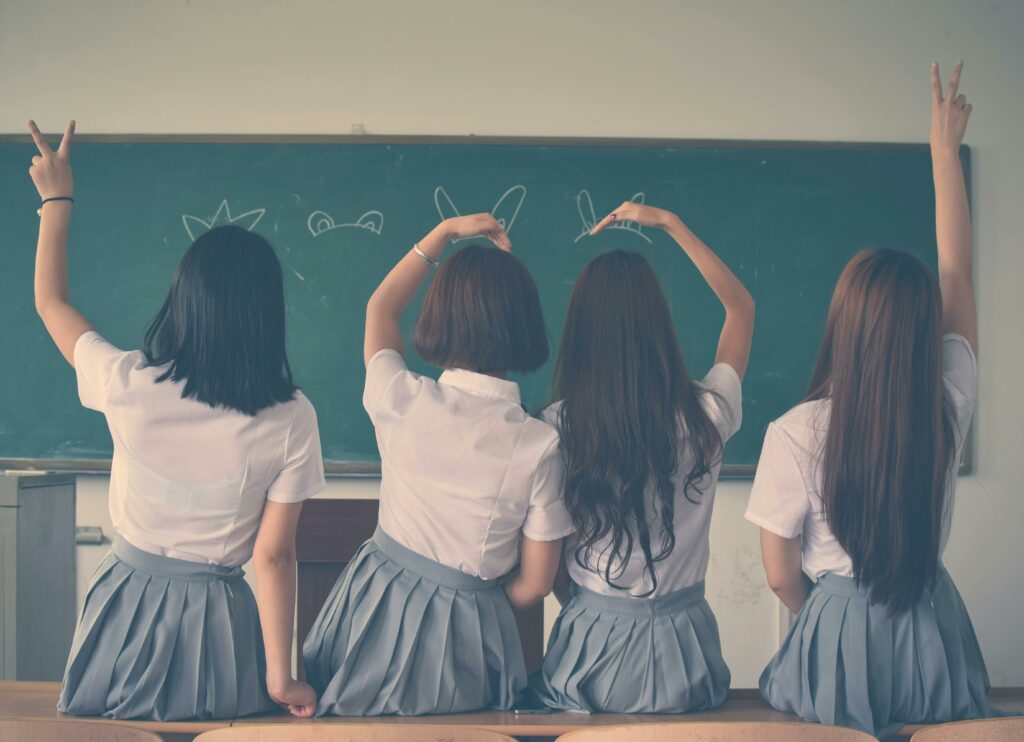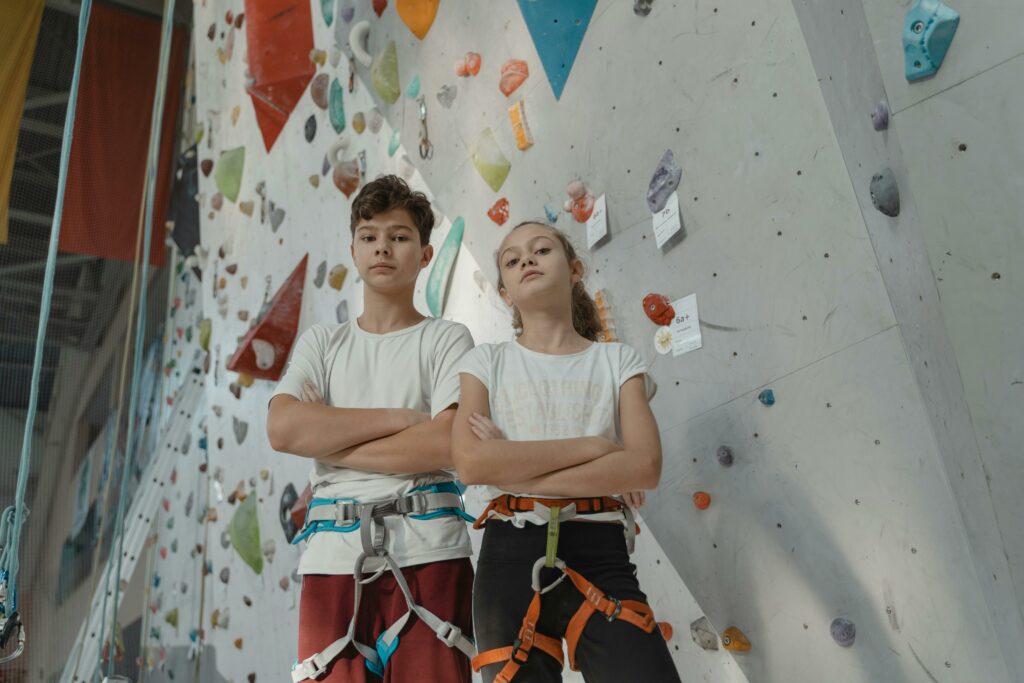Educators implement effective planning, instruction, assessment and reporting practices to create respectful, inclusive environments for students learning development.
This standard is, I think, all about, the things that are connected to, and relate to learning, which we tend to think of as separate from learning, because we consider them part of teaching, but not to be part of the practice of teaching. To elaborate, we tend to think of teaching as the actual instance and act wherein a teacher is delivering a lesson or tutoring a student through some challenge. We don’t tend to consider all the things that teachers do to facilitate learning as teaching, even though we know it is part of what the teacher does. Things like organizing the classroom, creating groups intentionally or randomly outside instructional time, or decorating the silent reading and library corner of the class. Interesting.

Photo from Pexels by Diana ✨
However, principle two would suggest that learning has a lot more to it than just the picking up of competencies and content. According to principle two, there are always connections, relationships, and a sense of place involved in learning, and that’s why things like planning, instruction, assessment, and a respectful and inclusive environment matter.
Planning and instructions is what facilitates connection making between what is happening and what the student is learning. Generally speaking, a more planned out lesson allows for diversions, or prevents them from happening, allowing students to make more or deeper connections to the learning simply by having fewer distractions.
Meanwhile, assessment and reporting practices are judgments about student behaviour and competencies delivered by the teacher, and as with anyone who communicates with us, the way they treat us shapes our relationship to them.

Photo from Pexels by 周 康
Finally, a respectful and inclusive environment influences students’ sense of place in the classroom, making them feel as though they are safe, and a part of the space, which allows them the sense of freedom and security needed for them to take risks that lead to richer learning.
Learning Principle 2: Learning is holistic, reflexive, reflective, experiential, and relational (focused on connectedness, on reciprocal relationships, and a sense of place).
Therefore, how a teacher manages the classroom, provides feedback and instructs are all components of learning that may or may not align with how this principle identifies learning as being. For example, a classroom managed with natural consequences or logical consequences in tandem tends to provide learners with more learning experiences that reach into the long-term, since life outside of the classroom has both. As such, this approach is more holistic and relational, as it also tries to connect in varied ways to the life students will live after and beyond the classroom.

Photo from Pexels by Tima Miroshnichenko
Finally, as with nearly all the standards, principle four can be seen in effect here because of the responsibility that teachers have to students in light of the relationship of senior and junior. It is this same responsibility that teachers call on when we ask the “bigs” or “seniors” to be good role models to the “littles” or “freshmen”. There is an assumption, not necessarily that older people know better, or more than those who are younger, but that in light of their additional time spent going round the sun, they are in a position of seemingly more knowledge, and with that position, should lead well.
Learning Principle 4: Learning involves generational roles and responsibilities